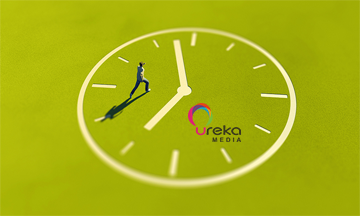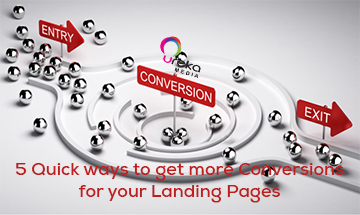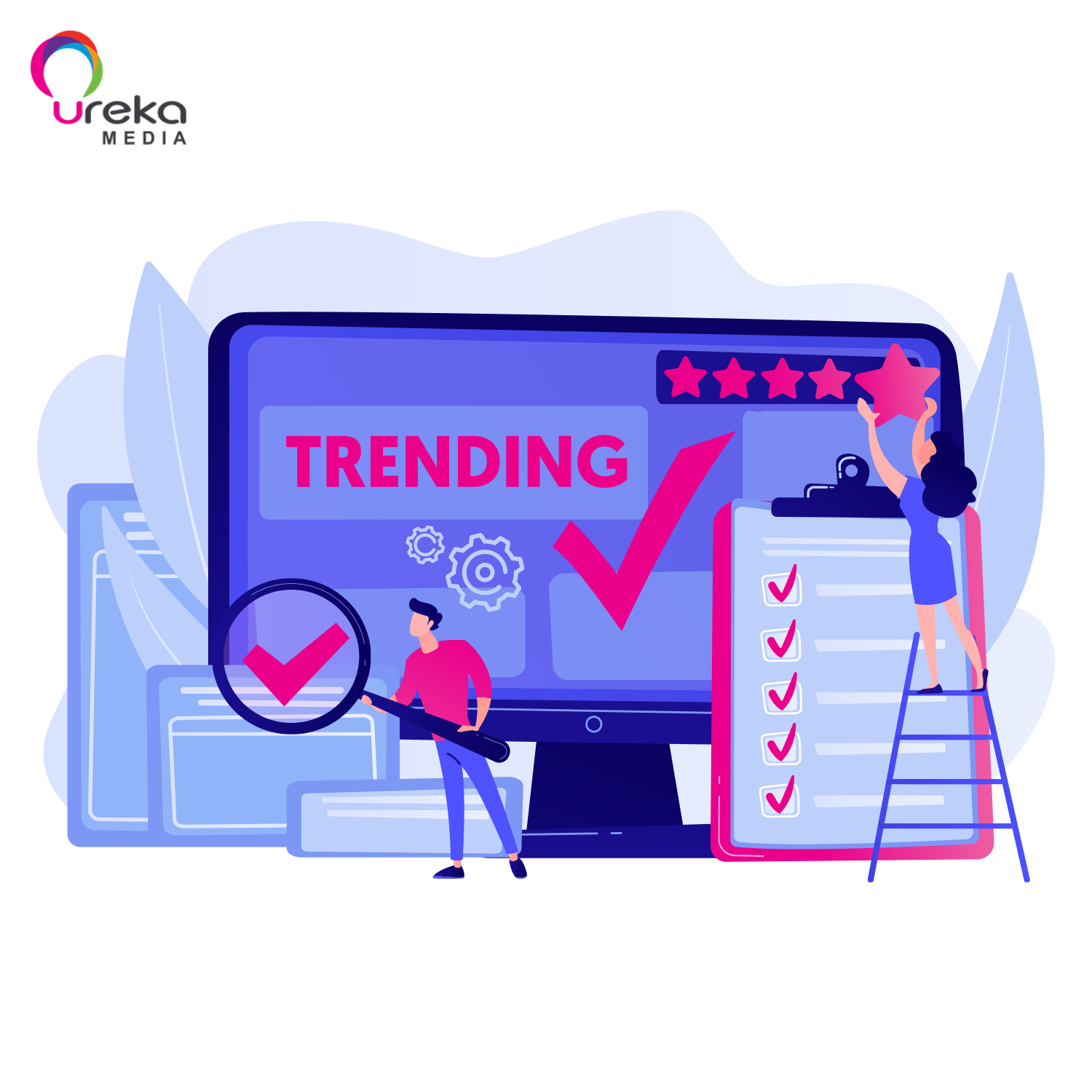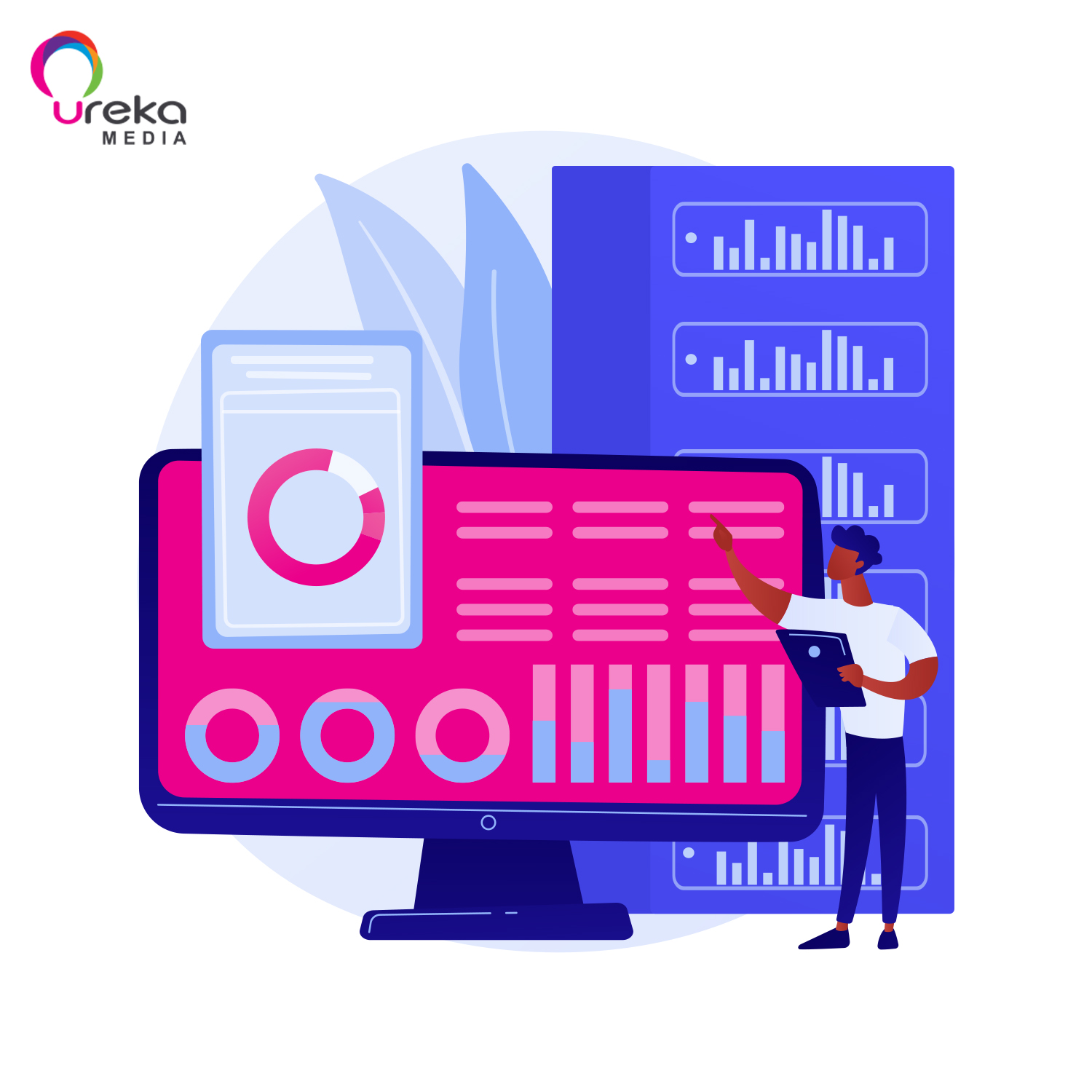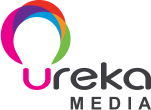Programmatic creative allows designers to quickly turn around a high volume of quality ads, thanks to smart workflows and big data.
DCO tests and optimizes many different variations of the same ad creative to maximize performance. This is typically used for large, direct response campaigns.
Let’s take a look at each technology separately, and then examine some potential use cases for both.
What is programmatic creative used for?
By eliminating the repetitive and routine parts of ad creation, programmatic creative lets designers build ads very quickly. The key features of programmatic creative are the abilities to:
-
Collect and organize assets like images and text
-
Suggest high-quality designs
-
Build ads of multiple sizes at the same time
In effect, programmatic creative shortens the time to build an ad from multiple days down to hours or even a few minutes.
Even though the ads were built incredibly rapidly, they typically perform at average or above-average levels, because the designs suggested by the ad engine are “smart” and informed by big data.
What is dynamic creative optimization used for?
DCO, on the other hand, optimizes customized ad creative based on data. The key word is “optimizes“.
-
Generate a bunch of variants of ads with many combinations of different images, text and colors
-
Use these variants to perform multivariate tests
-
Auto-optimize the design elements either in targeted or untargeted campaigns
As you can see, DCO is focused on performance, not creative, which is why it is ideal for direct response campaigns, and not optimal for generating awareness or brand favorability.
As a DCO campaign runs, it creates variations ads with different copy, images, and colors. The performance of each variant is analyzed. The ad unit starts to automatically show more of the elements that correlate to high performance, and less of the elements that don’t perform well.
DCO vendors also allow ads to listen for targeting variables which are passed down from the ad exchange. They can dynamically personalize the creative based on targeting information, like location, language, or purchase intent.
With all the upfront work, ads that are dynamically optimized should have above-average performance. The results may also reveal deeper trends in the market.
Comparing Programmatic Creative and DCO
If you are evaluating both technologies, the most important thing is to understand the problem you are trying to solve. Here are some example use cases.
Programmatic creative can help you if…
…Your design team frequently works nights and weekends in order to finish last minute ad designs that aren’t that complicated.
…You are an agency, publisher, or media company who sells display campaigns in addition to other services, and wants a fast tool to create these ads.
…You are looking for a way to build ads in multiple sizes (300×250, 300×600, 320×50, etc) all at the same time.
…You are a brand with an in-house team that wants to create many variations of ads for local markets, for instance, with each ad showing a unique store address address.
…Your sales team would benefit from a tool to help quickly generate ads for pitches.
…You service SMBs or brands that don’t typically provide enough assets (e.g. images) to make a good ad, and need a tool that can automatically search the web for content related to your advertiser that is ad-appropriate.
DCO can help you if…
…You are strategizing for a direct response campaign with a single advertiser, who has multiple products to sell, over a long period of time.
…The size of your campaign is so large that even small gains in performance will have a significant impact on your bottom line.
…You want to perform a complex experiment in order to learn best practices for future campaigns and A/B testing is not enough.
…You plan your advertising months in advance.
Source: http://blog.paperg.com/

















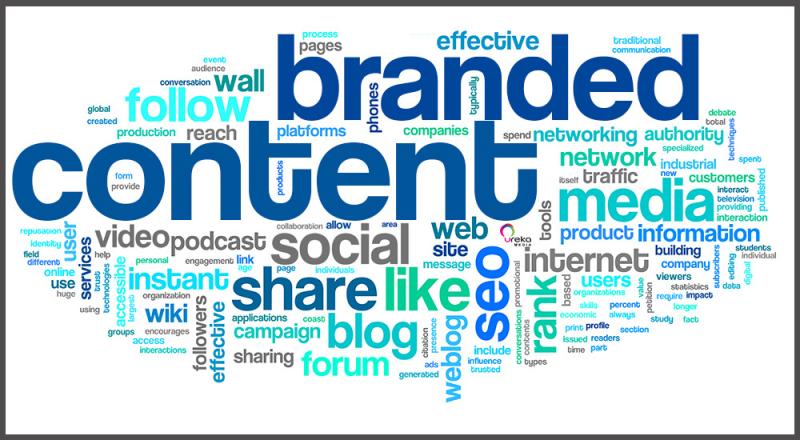
![[PERFORMANCE BASED ADS] APPLICATIONS OF ARTIFICIAL INTELLIGENCE IN MARKETING: CONSUMER INSIGHTS](https://urekamedia.com/uploads/uploads_image/20180416/20180416122722_69450.png)
